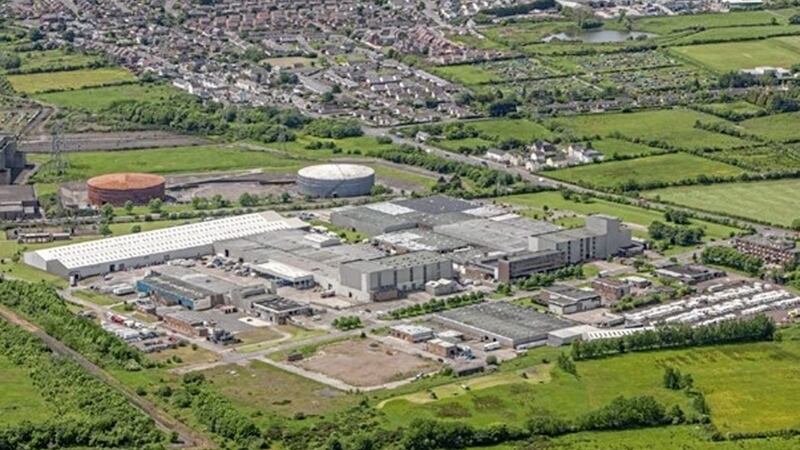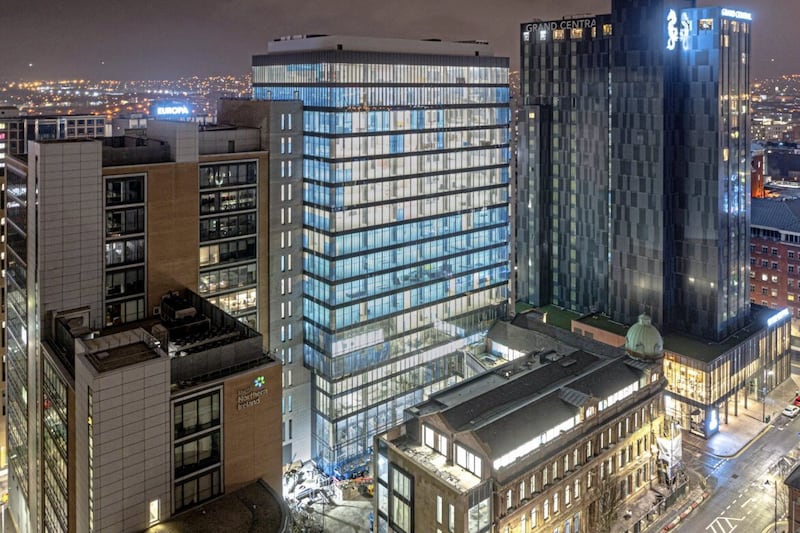IN a world where many long-established views on commercial property investment have been turned on its head, one sector has turned out to be the star performer during the pandemic - warehousing and logistics.
In simple terms, advances in technology accelerated by Covid has helped transfer much of retailing online and has significantly reduced the demand for shops on the high street. As a consequence, demand in the warehousing and logistics sector to fulfil home deliveries has soared.
High street retail is changing but is far from at an end, however, the move to online shopping has reduced the need for space on the high street and as a consequence impacted rents and levels of occupation.
For all the retail sceptics out there, it is worth noting the success of groups like B&Q whose pre-tax profits are up by more than 600 per cent, B&M stores, who operate in 620 stores throughout the UK, profits up by 100 per cent and grocery retailers, like Lidl, who have performed strongly though out the pandemic with turnover up by over 20 per cent.
High street retailers like Next have also performed well throughout the pandemic due to their online presence and even some retailers that do not have an online presence, for example Primark, are seeing a surge in demand and figures well ahead of their 2019 levels.
If we turn our attention back to the star performer, occupier demand and hence investment in this sector has been in the doldrums for years. The principal issue has been that the levels of rents the market has paid have not justified building new properties.
Occupier demand has in the main been satisfied by re-using existing stock with rental levels at £3/£4 per square foot. To justify new development, rental levels would need to be in excess of £6 psf and there are very few examples of transactions at this level in our market.
The market is however changing, and we are noticing a significant increase in demand from both occupiers and investors in this sector, as evidenced by the sale earlier this year of the 750,000 sq ft Kilroot business park in Carrickfergus for £9.35 million and the recent sale of the 320,000 sq ft Knockmore industrial estate in Lisburn for £8.25 million. The most notable example of a recently constructed logistics / distribution centre to be sold was the sale of the Amazon Distribution Centre in Belfast's Titanic Quarter for £27m at a yield of 5.5 per cent to UBS Asset Management.
Given the levels of occupier demand that we are seeing for larger modern units, with eaves heights of 8 metres-plus, we do not think it will be long before we see rental levels in this sector start to catch up with the levels that are being achieved for similar locations in the rest of the UK and Republic of Ireland - where tenants are paying between £8 and £11 psf, depending on specifications.
As there is now evidence of strong yields and improving capital values, there is now a growing justification for speculative warehousing and logistic development in strategic locations throughout Northern Ireland. As with all markets those that have the ability to be the first movers in this market will reap the rewards of this star performer.
:: Declan Flynn (dflynn@lisney.com) is managing director of Lisney (www.lisney.com) in Belfast








